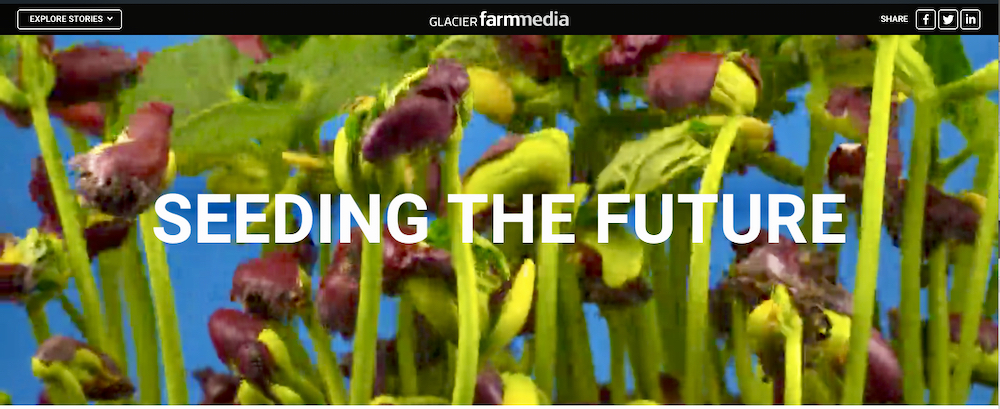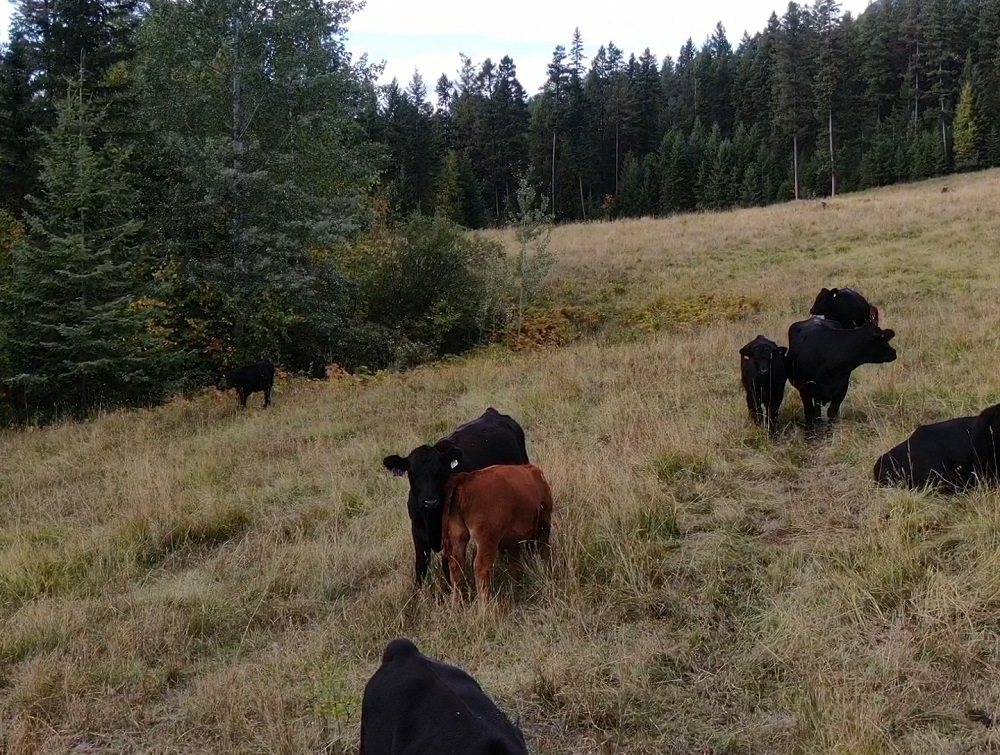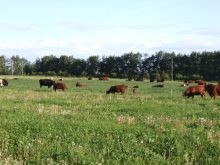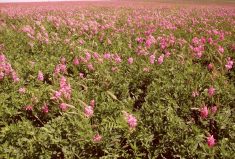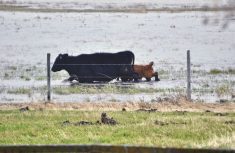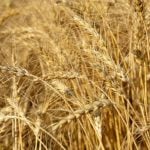On Kingsclere Ranch, the balance between forestry and beef production is mutually beneficial for both its business model and the environment.
“The cows have a role to play in the total balance of the equation, and that’s a pretty significant role,” says Jeff Braisher, who produces high-end timber as well as raising cattle at Golden, B.C.
Here in the Columbia Valley, Braisher’s operation consists of private forestry land and Crown land, and in addition to grazing open grasslands, he uses transitory grazing, which takes place in areas where timber has been harvested.
Read Also

Why post-drought pasture management matters for beef farmers
Pasture management is always important, but it is especially important following a drought. During these challenging periods, pastures may suffer…
“One of the things that we try to manage for is that combination between tree growth and grass growth,” he says.
“Harvesting trees is part of the equation for us because…that’s part of our business model, and so after the trees are harvested, that’s grazing for the cows after that for a period of time.”
With the right management practices, agroforestry can be an important part of maintaining this balance. Agroforestry is “the practice of using trees, shrubs, plants and animals on the same land in an integrated system that benefits all, while potentially providing better economic returns than if the land was used for one purpose alone,” according to the BCRC website.
Forest grazing is one method of agroforestry, where producers increase their grazing capacity by pasturing cattle in naturally forested rangelands. Another form is silvopasture, a system in which livestock grazing is incorporated with timber production.
“The native plant community is best strategically grazed when the trees are younger and the canopy is more open, which allows more light to reach the forest floor,” BCRC’s resource on agroforestry states. “As the forest matures, the canopy closes, reducing the understory plants, shrubs and browse. Once the canopy cover exceeds 50 per cent, grazing often becomes unfeasible.”
It’s recommended to graze forested rangelands just once per season, only taking 25 per cent of the total forage production. With trees slowing the snow melt, leading to forage growth coming later than in open pastures, it’s best to graze these areas in mid-June to August.
On Braisher’s ranch, the stocking rate depends on the area being grazed. “We run on a rotation here, and so the transitory grazing is part of what we’re doing in these open fields and these pastures. So we never keep our cows in one location for very long,” he says.
“This year, we slowed our rotation right down because of the dry conditions, and that seemed to work okay for us. If we have particularly lush conditions, we can increase the speed of a rotation; the cows tend to do a little better because the grass is at a better stage of growth for them.”
In some regions, such as the Maritimes, forested rangelands and woodlots provide ideal winter shelter for cattle and spots for feeding, compared to regions like B.C., where cattle are often brought home from forested rangeland in winter.
For the Cambell family of B-C Ranch near Dorintosh, Saskatchewan, their forested pastures on the edge of the Boreal Forest provides valuable winter shelter, as well as other benefits.
“We’ll feed in the open ground and they’ll winter in the bush. We use the bush as windbreak; it’s a natural shelter for the cattle,” says Mark Campbell, who ranches with his wife, Bluesette, his parents and brother.
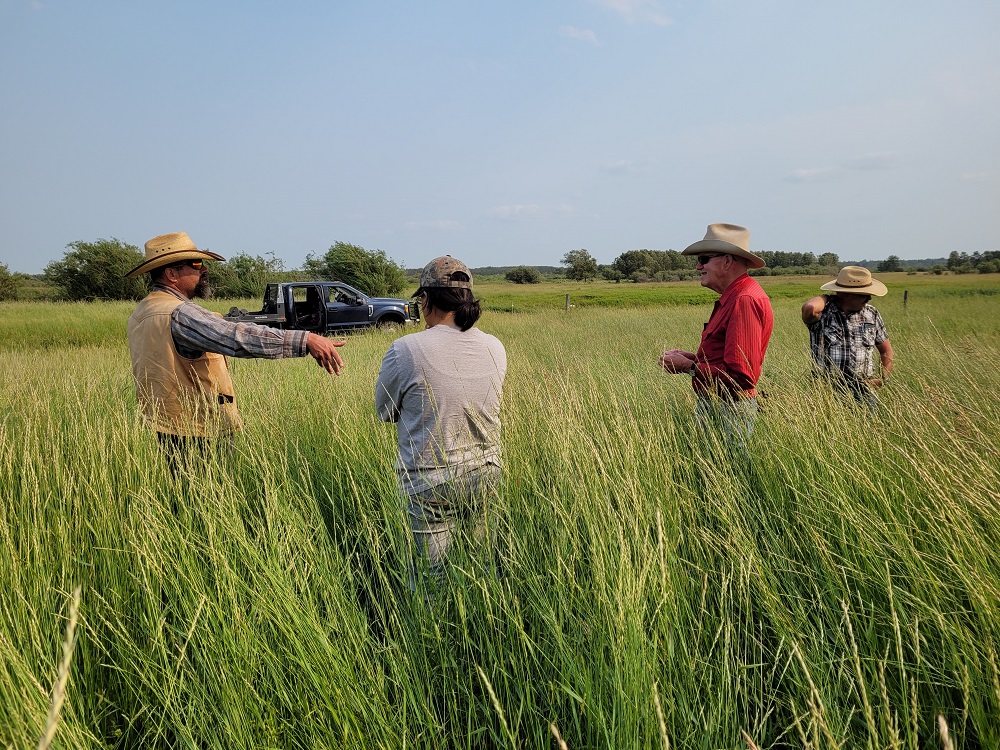
This cow-calf operation, consisting of between 700 and 750 head, uses holistic management principles. Two of the principles are to avoid overgrazing and to cover bare ground for optimal health and production. The Campbells have found that an 85-day recovery period is optimal for their land, and this extends to forested areas. They tend not to graze these areas in the spring, as the grass isn’t where it needs to be compared to other pastures.
“We don’t get the grazing days in the forest land that you do in the meadows because the grass production’s not there,” says Mark. “The same principles apply in that land that apply in any other land. The better job you can do grazing it, the better it will grow as time goes by.”
They have about 100 pastures on 4,200 acres and generally move their cattle daily. “They’re designed that way so that they can accommodate our entire herd for one day so that we aren’t moving more frequently or don’t have to if we don’t want to,” says Bluesette Campbell.
While some of their forested pastures are too dense for feeding cattle and won’t leave the residual impact they want to improve the land, they have one particular forested pasture that has seen incredible improvement over two decades through the use of holistic management.
“When we moved home, we didn’t used to get a day in there — we had less cattle then than we do now, and now we can comfortably put them in. So over 20 years, we probably doubled the carrying capacity on that chunk of ground,” says Mark.
For more on agroforestry, visit ‘Seeding the Future‘ at gfmdigital.com (to visit the site, click image below).
